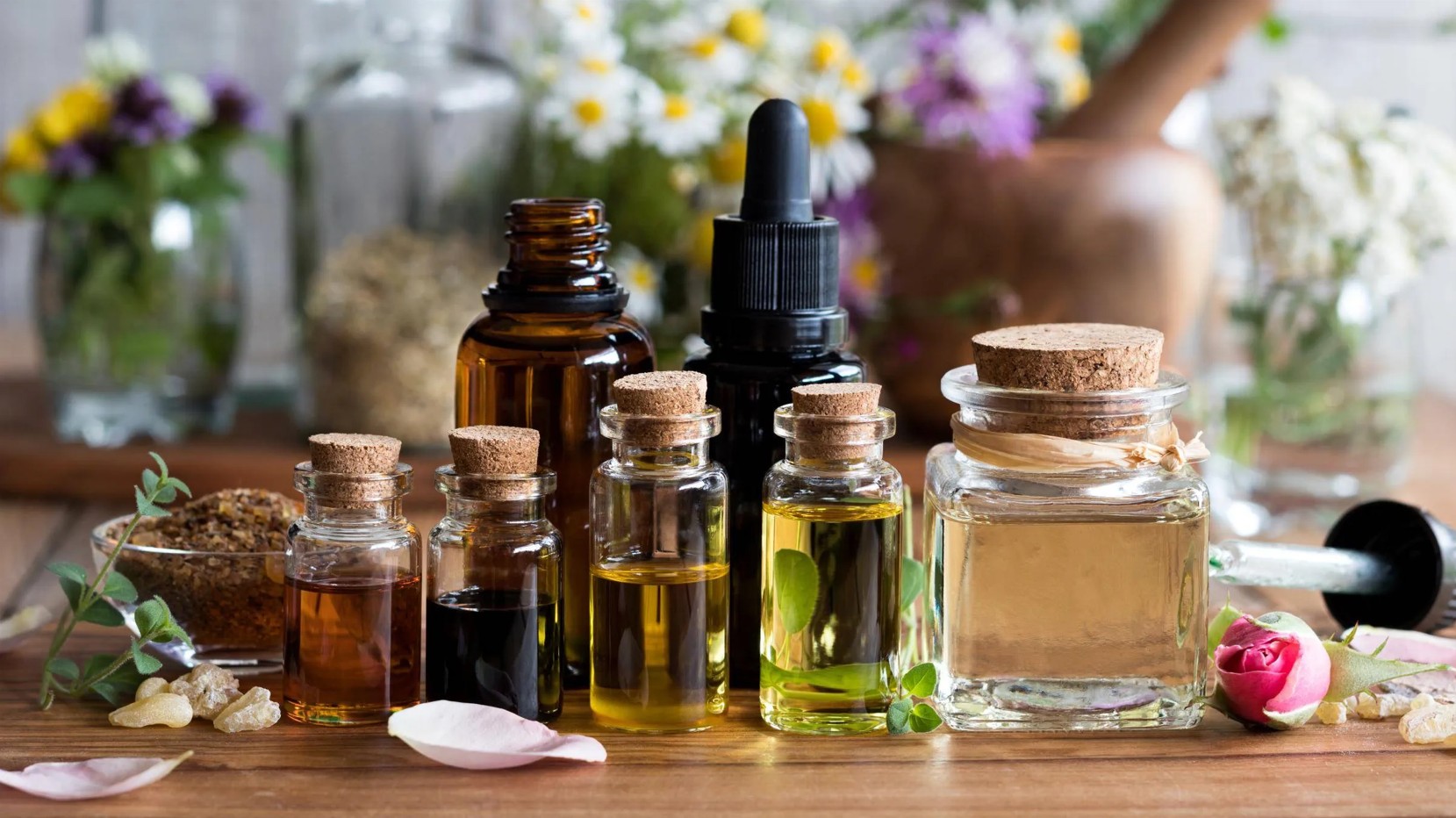Aromatherapy is a plant-based technique to facilitate relaxation, improve mood, and facilitate general wellness. Through smell or the introduction of scents in their daily activities, people can establish moments of peace and harmony. This paper will discuss how one can practically apply aromatherapy to have a positive effect by presenting some easy guidelines to help incorporate the technique into the daily lives of many people to lead better lives.
Plant vital oils have distinctive aromas that can evoke a response, and in some cases, have an impact on the body. These oils have multiple uses by calming and energizing us with lavender and peppermint oils. Aromatherapy is affordable to all people as it requires minimal equipment and basic knowledge. On the one hand, a person may go to aviator predictor in search of some entertainment; on the other hand, aromatherapy is aimed at taking care of the mind and body by using natural scents. Every person can use these advantages to enrich their daily routine with several methods.
Which Essential Oils to Use?
The first step in aromatherapy is to choose quality oils. The best results are obtained in terms of pure and organic essential oils such as lavender or eucalyptus. There are attributes of each oil, e.g. lavender is relaxing, whereas citrus oils such as orange are mood-elevating. Depending on the needs, combination oils such as chamomile to reduce stress or tea tree to support the skin should be used as a beginner.
Buying them at reputable sources will give guarantees of purity, since low-quality oil can be weak. It is important to read the label on 100% pure oil and avoid synthetic blends. The small quantity should be tested on the skin by diluting it in a carrier oil such as coconut, since this prevents irritation.
Applications of Aromatherapy in everyday Life
The simple way of inculcating aromatherapy is possible. Diffusers spread oil fragrances in the air to calm an individual at home or work. Pouring a few drops of lavender into a diffuser just before bedtime induces good sleep. Any individual can have a drop of peppermint oil on a tissue and inhale once in a busy day to increase energy when on the move.
The other option is topical use. Use of essential oils as a direct carrier oil and wearing it on wrists or on temples is another useful practice. Even a simple evening can be transformed into a spa-like one with a bath and a few drops of rose oil.
Some practical ways to use aromatherapy include:
- Use a diffuser to spread calming scents in a room.
- Apply diluted oils to pulse points for quick relief.
- Add oils to a bath for a relaxing soak.
- Inhale from a cloth for portable aromatherapy.
Developing a Relaxing Routine
You should establish a routine to augment the effects of aromatherapy. Making a habit of setting time aside every day, such as part of a morning routine that uses energizing citrus oil or an evening relaxation that uses down-to-earth lavender, can make one feel relaxed. The latter is more deliberate when a quiet place is selected, such as a comfy corner.
Combining aromatherapy with other relaxation practices, such as deep breathing or light stretching, increases relaxation. For example, practicing yoga with eucalyptus oil can enhance concentration. It is easy to schedule in busy schedules because the sessions can be kept short (five to ten minutes).
Customisation with Blend of Oils
Combinations of oils make personalized perfumes based on individual needs. Some examples are lavender and bergamot mixed to form a calming but refreshing smell. Since a novice can begin with simple blends, it is possible to use two or three oils and take equal proportions. Custom blends can easily be stored and used in a small glass bottle.
A mixture to calm or get more energy can be discovered with experimentation, using more or less of the lavender or citrus, respectively. A record of the blends and the effect taken is a way of ensuring that the most effective ones are duplicated.
Some blending tips include:
- Start with two oils for simple, balanced scents.
- Use a carrier oil for safe topical blends.
- Test blends in small amounts to find favorites.
- Store blends in dark bottles to preserve potency.
Coping With Familiar Problems
It is easy, but it requires caution and care. Using too much oil may result in headaches, therefore, one should start with minimal quantities. Appropriate dilution will avoid skin irritation, at least on sensitive skin. By storing oils in a cool, dark place, one stores them well so that they are maintained until they are used up.
When it is too strong, experimenting with diluting the oil slightly or diffusing less is the solution. The study on the safety of buoyancy, such as not using oil in pregnancy, makes the practice safe and pleasurable.
Cogitating on Benefits
Aromatherapy is even more beneficial as a person uses it. After a couple of weeks, many observe reduced stress levels, improved sleep, or concentration. Making a mood or sleep pattern journal after experimentation with the oils may indicate the effects of their use. Exchanges with friends or wellness new groups provide new ideas and support.
It is the practice that remains fresh by dint of trying new oils and new methods. Over time, aromatherapy turns into a calming and clear moment of everyday wellness.
A Wellness Embrace of Aromatherapy
Aromatherapy: Use of pleasant aroma is a convenient means of increasing well-being. Every person can reap the benefits of quality oils: by selecting high-quality oils, establishing a routine, and trying blends. The confrontation with difficulties and consideration of the progress enhance the experience. As one continues to practice aromatherapy, it is a simple and fun method of nurturing the mind and body, which results in a balanced life.
